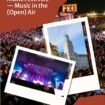
Go World Travel is reader-supported and may earn a commission from purchases made through links in this piece.
The Montréal International Jazz Festival may well be on the radar screen of many music lovers, but there are two other outstanding music festivals held annually in the Canadian province of Québec that are definitely worth checking out.
Summer Festivals in Quebec
Here’s the skinny on both of them, as well as some tips of what to do in the daytime before the evening shows get underway.
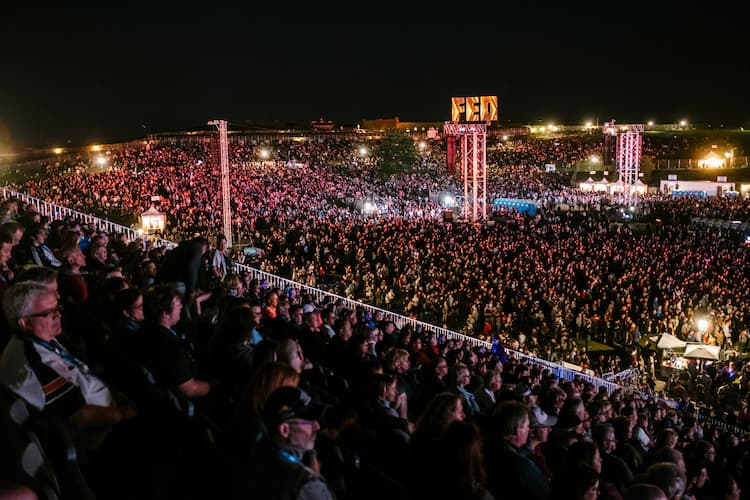
Festival d’été de Québec (FEQ) — Quebec City
The Festival d’été de Québec (FEQ), or the Summer Festival of Québec, is one of the largest music festivals in the world with 250 shows at multiple venues lasting for nearly two weeks in July.
Each year since 1968, hundreds of thousands of people from every corner of the globe converge on the charming city of Québec 150 miles north of Montréal, to hear musical artists ranging from internationally known stars to up-and-coming artists.
FEQ’s eclectic programming includes performers in almost every conceivable musical genre, including afrobeat, blues, country, folk, funk, Latin, pop, R&B, Rap, reggae, rock, and world music.
Big-name performers at FEQ over the years have included Elton John, Lady Gaga, the Rolling Stones, Billy Joel, Mariah Carey, Neil Young, the Red Hot Chili Peppers, and the Black Keys.
The outdoor venues where FEQ’s musical magic happens include the enormous Bell Stage on the Plains of Abraham, where the British wrested control of Québec from the French in 1759. There, upwards of 90,000 concertgoers sway to the music of big-name stars performing on the largest free-standing stage in North America.
Smaller venues include stages where the artists perform world music ranging from Cajun to Kenyan to Mexican mariachi. All throughout the city, street performers can be found offering impromptu gigs.
Two of the venues offer free concerts. For others, concertgoers can purchase an all-inclusive transferrable wristband for 130 Canadian dollars, good for any show in FEQ’s run.
General admission day passes for individual concerts also are sold. In all, five categories of tickets include options for seats close to the stage, standing near the front, or seats in the grandstand. Many of these ticket options sell out quickly.
For more information, visit www.feq.ca.
Exploring Old Quebec
During the day, you could do worse than to just wander aimlessly through the winding, cobblestoned streets of Old Québec, the largest walled city in North America north of Mexico, where both the fairytale architecture and Old World ambiance make the city seem frozen in the 18th century.
A cliff separates the Upper and Lower portions of the Old City, but a staircase or funicular cable car makes it easy to visit both.
A peak experience is to walk along the quarter-mile-long boardwalk, Dufferin Terrace, at the top of the cliff and just beneath the castle-like Chateau Frontenac, the most-photographed hotel in the world, enjoying spectacular views of the Lower City below and the St. Lawrence River.
A number of artisans’ shops selling jewelry, sculpture, clothing, and chocolates line the streets just below the cliff, while the Rue Saint Jean is where to find the largest cluster of cafés, bars, and restaurants, and shops.
An insider tip: Keep walking on the Rue Saint Jean outside the gate passing through the Old City’s walls to find an up-and-coming but little-known shopping area frequented mostly by the natives.
Gems there include Érico Chocolaterie et Pâtisserie, a combination chocolate shop and museum where the exhibits will try to persuade you chocolate is good for your teeth.
Nearby, the Epicerie J A Moisan is a charming French-Canadian grocery where you’ll find maple syrup products, patés and fois gras, even cassoulet in a jar. The music of Edith Piaf may well be playing as you shop.
Here are some other hidden gems to discover in Québec:
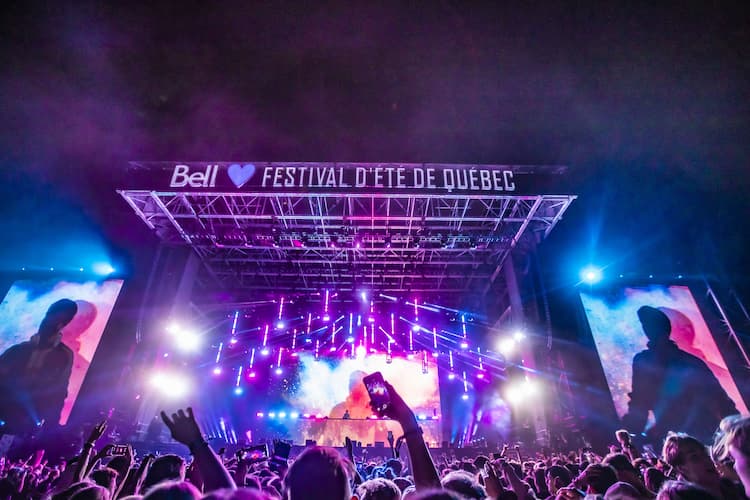
Immersion Québec
A simulated time travel using Virtual Reality depicting 10 moments in the city’s history. You’ll see native Americans in canoes, the building of the original fort and Old City, and the siege and capture of Québec by the British. Don’t forget to look behind you. It’s a 360-degree experience!
Morrin Centre
A historic hodgepodge now housing the Literary and Historical Society of Québec. Its two-story Victorian library has spiral staircases, comfortable couches and chairs, and charming bric-a-brac strewn here and there. English language programs include storytelling and writers’ conferences.
Elsewhere in the Neoclassic building are the cells of the city’s 19th-century jail once housed here. Look for the graffiti left behind by the prisoners.
Le Grand Marché
In English, this translates as “The Great Market,” but this is way more than an ordinary farmer’s market. Take the bus outside the Chateau Frontenac for a short ride outside the city center to this gleaming new facility with produce sold outside and inside by vendors selling local gourmet cheese, honey, pastries, meats, and other regional specialties like cider and cassis, a black currant liqueur
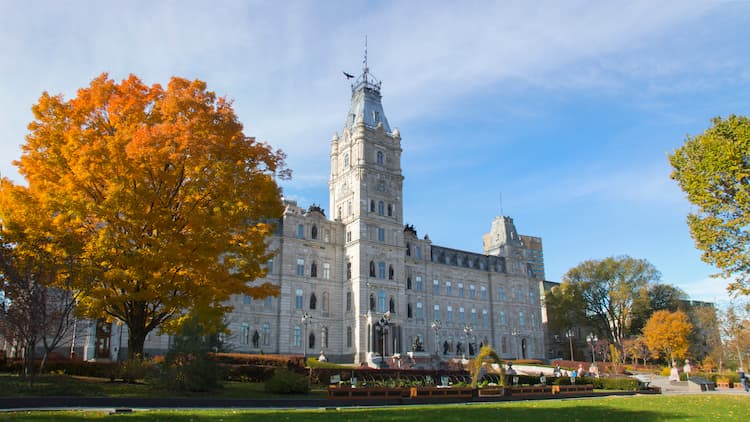
Musée de la civilisation (Museum of Civilization)
Probably the most fascinating museum in Québec, this is another historic hodgepodge. The region’s history and culture are told through hundreds of fascinating artifacts in the museum’s permanent collections, which also has a fascinating exhibit on local First Nation tribes, Canada’s term to describe Native Americans.
Rotating special exhibits are also captivating. In my visit, I saw exhibits on a Québec fashion designer, venomous snakes and other creatures, and another called “Curiosities of the Natural World” that included the skeleton of a saber-toothed tiger and a meteorite from Mars.
Unique Dining Experiences in Quebec
Don’t leave town without sampling poutine, Québec’s unique version of comfort food — french fries and cheese curds topped with gravy. Le Chic Shack on Place d’Armes has interesting variations with braised short ribs, Bordelaise chicken, and wild mushrooms.
Also have lunch at Restaurant Le Parlementaire, a magnificent Beaux Arts dining room inside the provincial capital building. It focuses on Canadian specialties.
We had a smoked trout appetizer, a roasted duck breast entrée with a maple cream sauce and a whole tray of local cheeses. For a view you’ll never forget, dine at Le Ciel! Bistro-Bar on the 28th floor of the LeConcorde Hotel.
In this revolving restaurant with tasty vegetarian, seafood, and French options, you’ll slowly turn, taking in views of the entire city, the St. Lawrence River, and far-off mountains. You might even see patrons running to get a place in front of the stage when the doors open at FEQ’s Bell Stage.
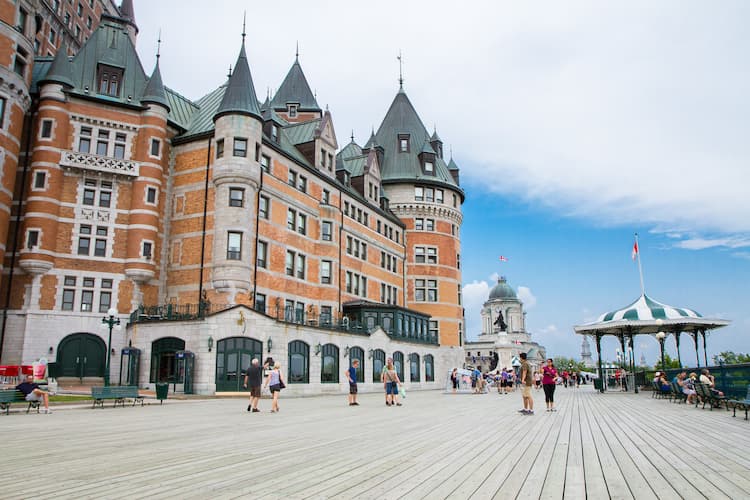
FestiVoix — Trois-Rivières
Upriver from Québec and about halfway between Québec City and Montréal, the charming town of Trois-Rivières lies at the confluence of the Mauricie and St. Lawrence rivers.
The Mauricie forms three channels as it flows into the larger St. Lawrence and hence the town’s name, which translates to “Three Rivers.” Another major music festival takes place here each summer in late June and early July, immediately prior to the beginning of FEQ.
FestiVoix, as the festival is called, takes place over nine days, drawing more than 300,000 people to hear more than a hundred concerts on 15 different stages. Like FEQ, FestiVoix’s musical offerings are eclectic, running the gamut from rock, pop, and hip-hop to classical, jazz, and world music.
A substantial portion of the music at FestiVoix is performed by musicians from Québec, but well-known past performers have included Drake, Joan Jett, the Temptations, Gloria Gaynor, and KC and the Sunshine Band.
Venues for the festival range from grassy parks to the main stage at Harbourfront Park right on the banks of the mighty St. Lawrence. In the summer of 2019, I attended a concert at this venue by the well-known Québec singer, Daniel Bélanger.
Even though I’ve had several years of French, it’s far in the past so I understood very little of Bélanger’s lyrics. But his music was so mellow and soulful and the setting so gorgeous — with the moon and stars and the wide, majestic river flowing past us — that it was a thoroughly enjoyable evening. Plus, it was fun to watch how beloved he was by the locals.
Day passes are available for FestiVoix, at 39 Canadian dollars, although a pass admitting you to the entire festival is only $59. VIP and front-of-stage options are also available. About 30 percent of Festivoix’s programming, however, is completely free of charge.
When the music’s not playing, it’s fun to stroll through Trois-Rivière’s vibrant downtown filled with cafés, shops, and restaurants.
A major fire in 1908 destroyed 800 buildings in the city’s core, so the architecture is only a little more than a century old, but the much older buildings lining the Rue des Ursulines, which was spared by the fire, rival those of Old Québec in their charm.
Principal among them is the former Ursulines convent, a rambling building with a beautiful dome, and a former military barracks that now houses art exhibitions.
Other Top Places to Visit in Trois-Rivières:
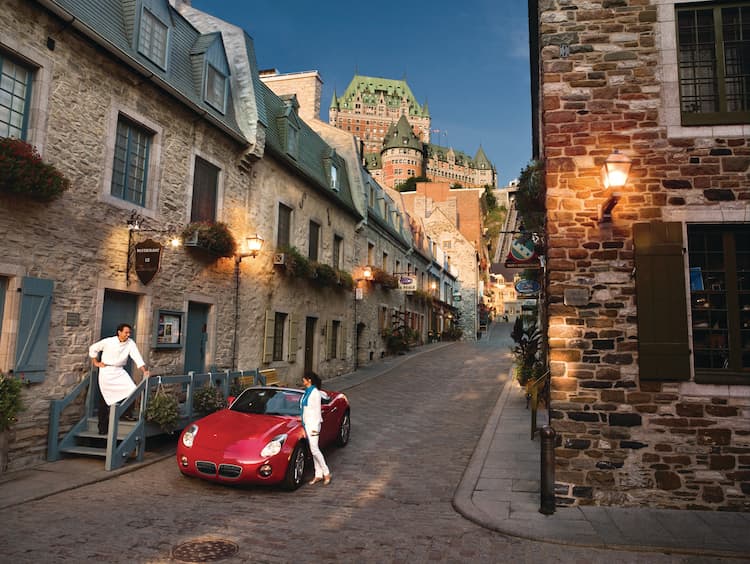
Musée POP
Otherwise known as the Museum of Popular Culture of Québec, the fascinating exhibits here give insight into the local character of the province. More than a thousand natives were polled about what elements of Québecois life should be included with the resulting exhibits following themes such as “Man, it’s cold outside!” to “Stop what you’re doing and dance!”
An exhibit detailing the differences between the French spoken locally and that of the Old Country contains a list of naughty words the Europeans wouldn’t understand.
The Old Prison
Just adjacent to the Musée POP, a sobering tour of this prison, which operated from 1822 to 1986, gives insights into the harrowing conditions prisoners endured in this dank, dark space.
Seeing the solitary confinement space in the cellar is especially sobering — One inmate shackled there was completely forgotten and starved to death, his feet and hands gnawed by rats.
If possible, ask for Reg as your tour guide. He’s a former prisoner who can tell especially vivid tales of what life was like in the crowded cells. Those especially brave can even spend the night in the prison’s “Sentenced to One Night” experience.
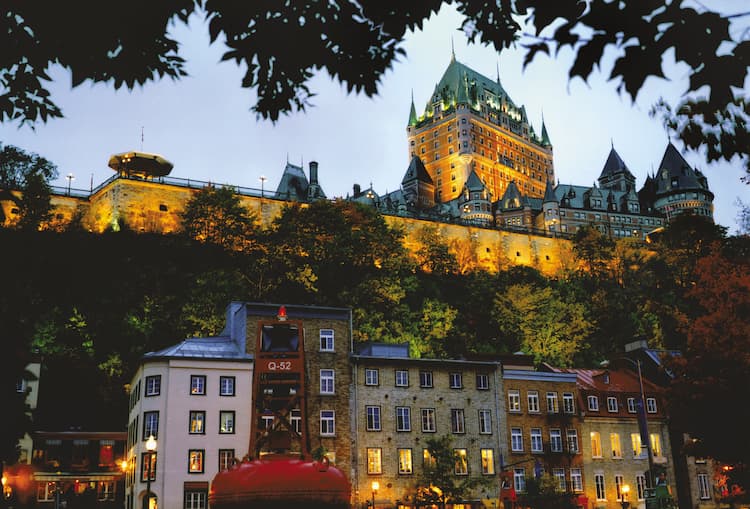
Boréalis
Trois-Rivières was once the heart of the Canadian paper production industry, and this museum, housed in the former filtration plant of the Canadian International Paper Company, gives insight into every aspect of the trade from the life of loggers and lumberjacks to the mechanics involved in producing paper.
Step outside and try to visualize how the Mauricie River at your feet was once a vista of floating logs — more than a million per year coming from as far as 300 miles away. The interesting guided or audioguide tours give insight into the heat, smell, humidity and noise of a 20th-century paper mill.
Dining in Trois-Rivières
My favorite meal in Trois-Rivières took place at Le Buck, which specializes in local fare such as smoked sturgeon, rabbit, or duck breast with pan-fried foie gras. For your beverage try one of the especially flavorful local gins like Ungava or Coureur des Bois, a maple whiskey.
Choose between the outdoor patio with cascading plants hanging from beams made from barn timbers, or the interior of the building, which dates back to 1757 and still has rough-hewn boards and stone masonry with deer antlers and show shoes adorning the walls.
Also worth considering is the downtown vegan restaurant, Café Frida where the tasty choices range from the Not Chicken and Waffle to the Mock Buffalo Chicken, a house favorite.
Inspire your next adventure with our articles below:
Author Bio: Ohio-based travel writer Rich Warren travels the U.S. and the world looking for offbeat and off-the-beaten-path stories. He is a graduate of the Elf School of Reykjavik and can tell you what the Amish wear to the beach in Florida.

